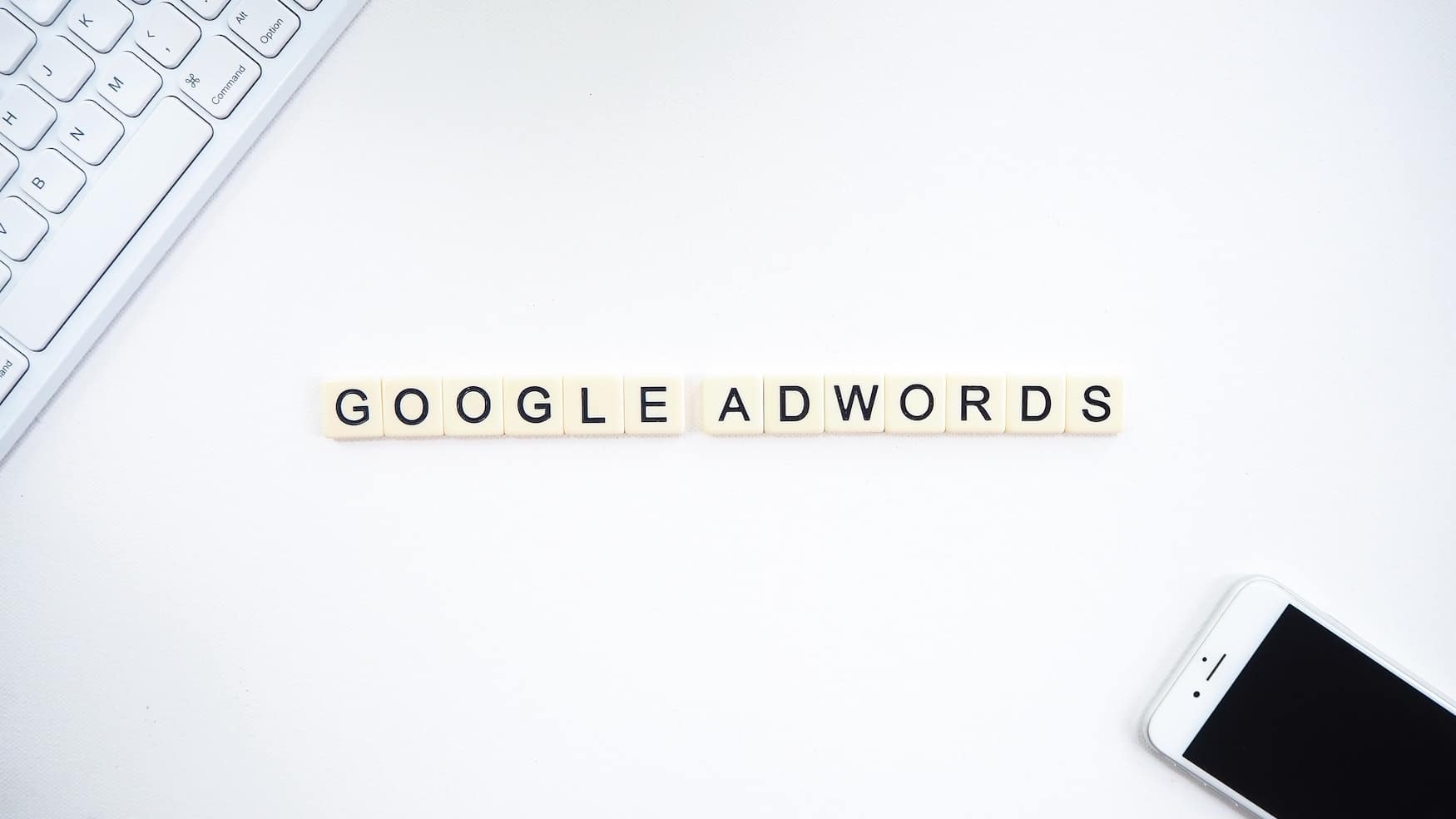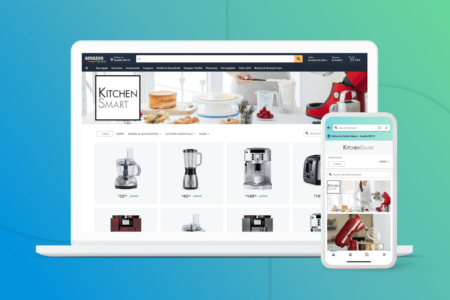Google continues to transform the way online users search for solutions to their problems. Making the decision to create a Google Ads search campaign to use this transformation to the benefit of your business can be equally exciting as it is daunting. With so many differentiations and strategies possible, business owners fear they will end up simply burning their ad budget month after month.
Unfortunately, there is no ‘one-campaign solution fits all’ approach (otherwise everyone would be a millionaire by now). But there are some common strategic points to consider that can help you see an effective Google Ads campaign rearing healthy returns on investment.
1. Review Customer Demand
Let’s get this one out of the way quick – if your target market isn’t searching to find your product or services on Google, Ads aren’t an effective marketing tool for your business.
Before building a campaign, conduct a review around customer demand on the search engine, specifically regarding the trending keywords (Google’s Keyword Planner can help you here), and whether these searchers would actually purchase from you (think casual window shoppers vs those with cash slammed on the counter). When a portion of your ad budget is attributed to every click on your ad, you want as many as possible to be bound for conversion.
2. Calculate the Cost Benefit of Top Keywords
Here’s where a bit of math skills can help you. Keywords will vary in price depending on their popularity, so for you to remain profitable, calculate your tolerance for maximum cost per click (CPC).
You will first need to gather your profit & margin per customer and conversion rates. Max CPC will therefore equal [Customer Profit] multiplied by [1 – profit margin] multiplied by [conversion rate of leads]. You can then compare this amount to the estimated keyword CPC for the keyword to assess a keywords viability.
For example, your business has a customer profit of $250, a margin of 25%, and a conversion rate of 2%. Max CPC would equal [$250 x (1 – 0.25) x 0.02] = $3.75, and when considering an estimated CPC of, say, $6, there would be a low profitability to be expected advertising on that keyword.
3. Complete a Competitor Analysis
Now with a list of viable keywords, you want to compare this against your industry competitors. Chances are they have already conducted a good deal of testing and data collection for their campaigns, and have found which keywords, ad elements and landing pages perform well in your industry. You can build off this understanding to reduce your risk and trim keywords destined to underperform.
4. Promote Irresistible Unique Selling Points & Call to Actions
Don’t forget, these are still ads, and you need to offer those most appealing to win. Unique selling propositions (USPs) are the key differentiators to your competitors in your industry. Essentially, the reason a prospective client or customer should choose you over an alternative. Backing a robust USP shows immediate value to your audience in need of whatever you’re offering. Capping this off with a well written call to action prompts more clicks from qualified interests only, deterring those who would otherwise waste your available ad budget. This generates higher amounts of engaged traffic and improves conversion rates.
5. Compelling Ad Structure
Google Ads have four components to their content structure: the headline, description line 1, description line 2, and the display URL. To improve click through rates and the cost per click of your ads, you want compelling ads built around a USP and call to action that attracts the right customers while deterring unqualified visitors.
Headlines are what viewers read first, so be sure to include the targeted keyword, so they know immediately this is relevant to them. This is best done in the form of a question that prompts a positive answer, such as for the keyword ‘emergency plumber Melbourne’, your headline could ask, ‘In Need of Fast-Response Emergency Plumbers in Melbourne?’. Users answer ‘YES!’ and are compelled to click through. Once the readers are hooked, description lines can then be filled with your USPs and call to actions to clinch the conversion.
6. Send Visitors to Relevant Landing Pages
You might have the most aesthetic, functional homepage in the business, but while it might seem like the logical landing page to attached to your ads, it won’t focus enough on the keywords relevant to visitors. You should therefore curate a series of dedicated landing pages matching your target keywords, creating less friction in the conversion pathway with a visitor following a sensical pathway to your end goal. This landing page will be created using quality content and consistent branding to expand on your USPs mentioned in your ad, alongside credible pieces of industry authority and value.
And there you have it – a proven methodology to affordably attract qualified leads from your Google Ads campaigns!



